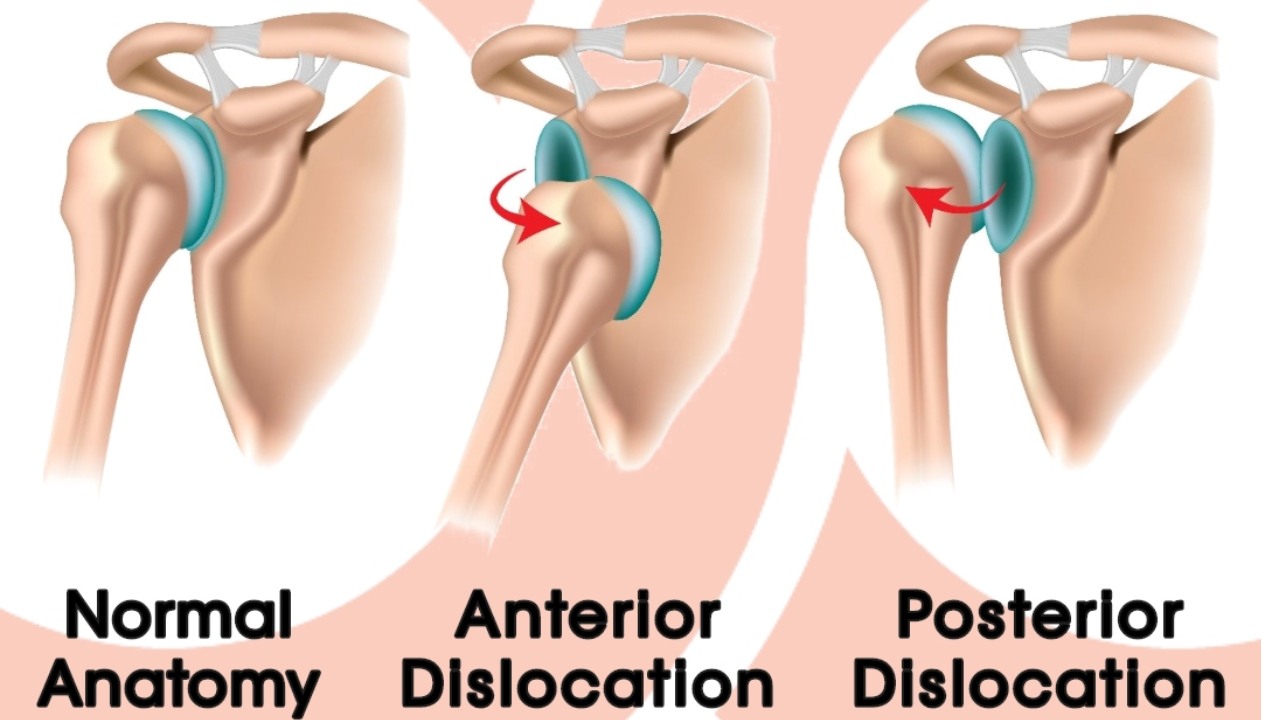Shoulder Dislocation

If you have dislocated your shoulder in the past, you probably know that you’re more likely to dislocate it again in the future (people who play contact sports have as high as a 90% chance of a second dislocation!); however, a course of physical therapy with a personalized home exercise program can lower your risk—and any pain you might have—and get you back to your favorite activities.
How does dislocation happen?
Around 95% of shoulder dislocations occur with the “ball” of the shoulder popping out of the socket in an anterior (forward) direction. This generally happens during forceful external rotation with the arm raised. Think about being in a position to throw a ball and then having your arm hit: the elbow goes backward, but the ball of the shoulder goes forward and can exit the socket.
Rehab
After relocating the shoulder (sometimes requiring being put under) and managing initial pain (which physical therapy can help with), it’s important to strengthen at least three key areas:
- The front of the shoulder: this will support the injured area
- The rotator cuff muscles: these muscles keep the ball of the shoulder securely in the joint.
- The muscles around your scapulae (shoulder blades): these muscles help make sure that your scapulae move with proper mechanics when you move your arm.
Here are some exercises that can help with shoulder stability:
- Push-up plus: This is a push-up where you push your shoulder blades apart at the end range.
- Side-lying external rotation: Place a towel under your arm. Use a band or a dumbbell to resist rotating your arm towards the ceiling.
- Banded Ts: Anchor the bands at stomach level, and, with nearly-straight arms, squeeze your shoulder blades together while you pull into a “T” shape. Don’t let your shoulders creep up toward your ears.